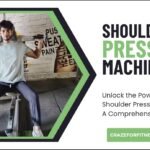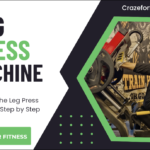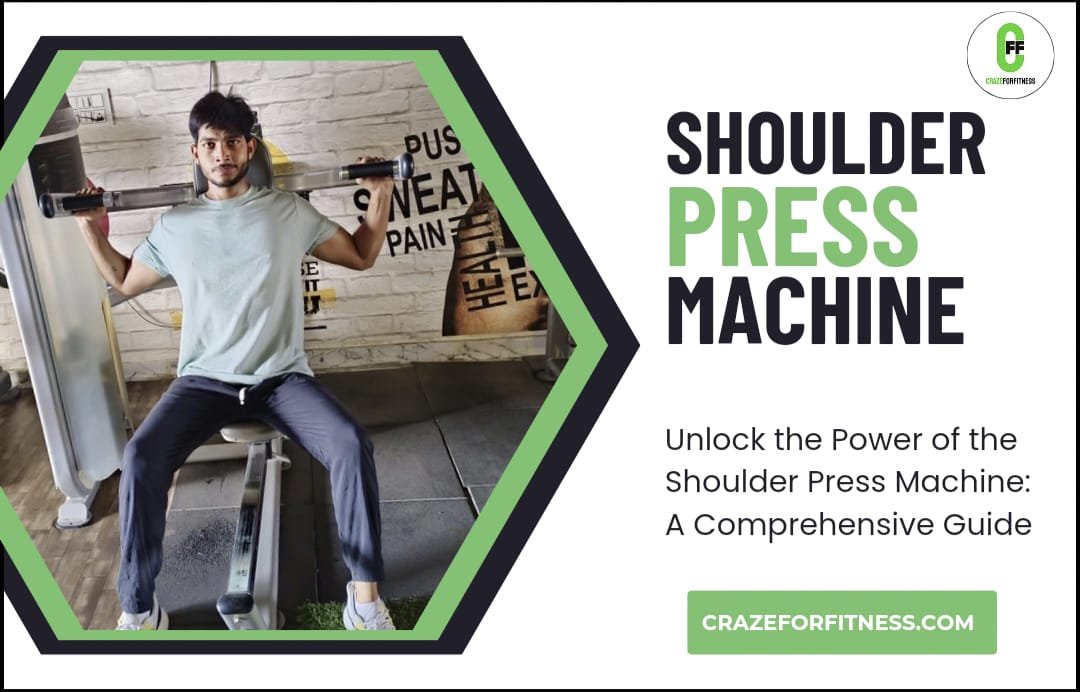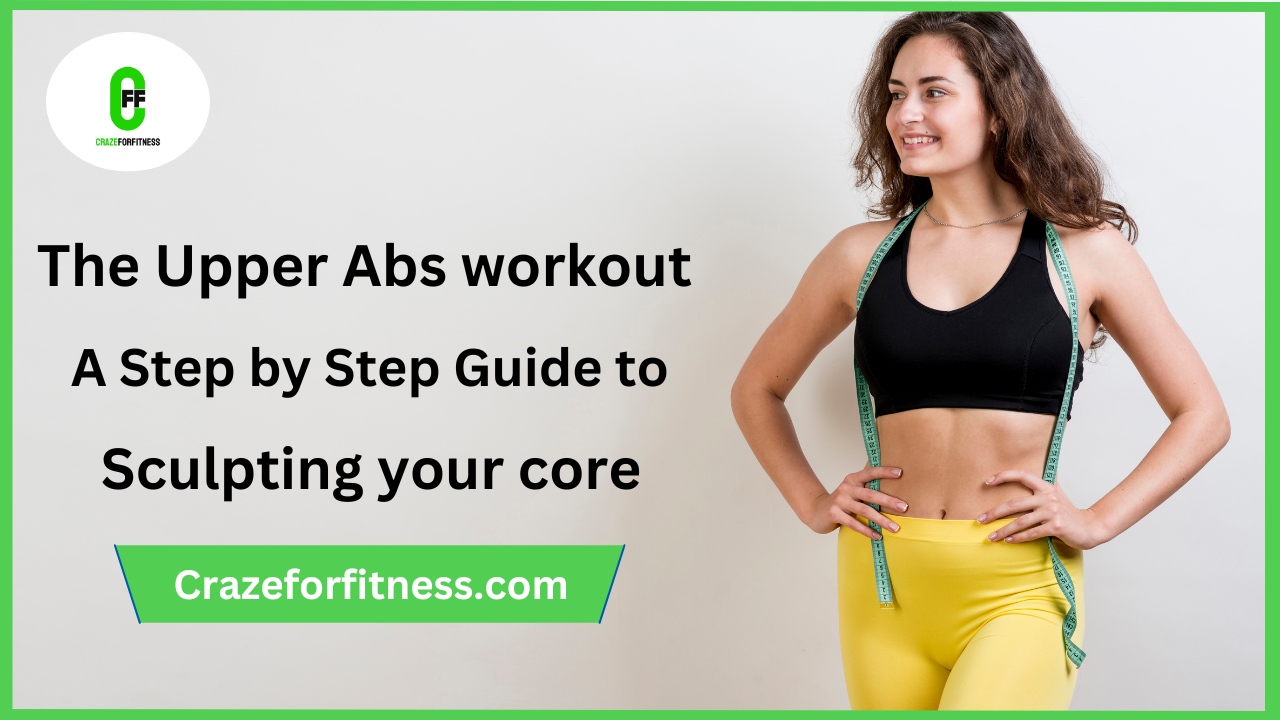Introduction:
The shoulder press machine stands as a stalwart in gyms worldwide, often overlooked in favor of free weights or other equipment. However, its potential for developing shoulder strength and stability is unmatched. In this comprehensive guide, we’ll delve into the intricacies of the shoulder press machine, exploring proper form, benefits, variations, and safety tips to help you maximize its potential and enhance your overall fitness journey.
Understanding the Shoulder Press Machine:
- Anatomy of the Machine: A breakdown of the key components and adjustments available on most shoulder press machines.
- Range of Motion: Exploring the optimal range of motion for shoulder press exercises and how to adjust the machine accordingly.
- Grip Variations: Discussing the various grip options and their effects on muscle engagement and targeting.
Benefits of Shoulder Press Machine Exercises:
- Shoulder Strength: How regular use of the shoulder press machine can lead to increased strength and muscular endurance in the deltoids, trapezius, and triceps.
- Stability and Balance: The role of the shoulder press machine in enhancing shoulder stability and improving overall balance during upper body movements.
- Injury Prevention: Utilizing the machine to strengthen the shoulder joint and surrounding muscles, reducing the risk of common shoulder injuries.
Shoulder Press Machine Proper Form and Technique:
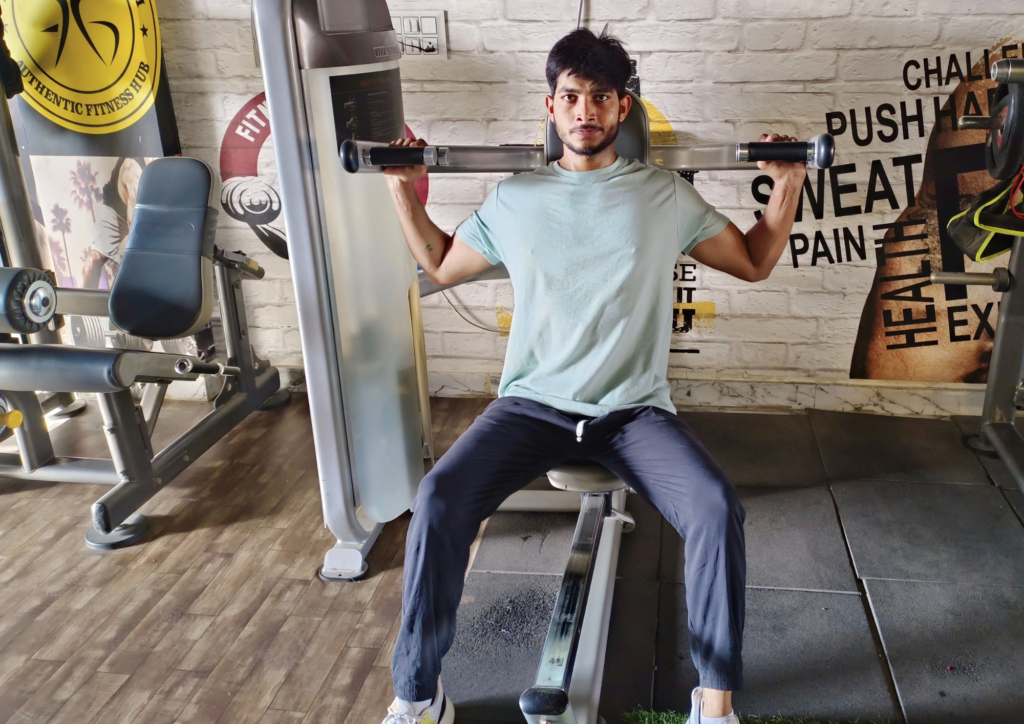
- Seated Position: The importance of maintaining a stable seated position throughout the exercise to minimize strain on the lower back and maximize shoulder engagement.
- Core Activation: Tips for engaging the core muscles to provide a solid foundation and support during shoulder press movements.
- Controlled Movements: Emphasizing the significance of controlled, deliberate movements to prevent injury and optimize muscle activation.
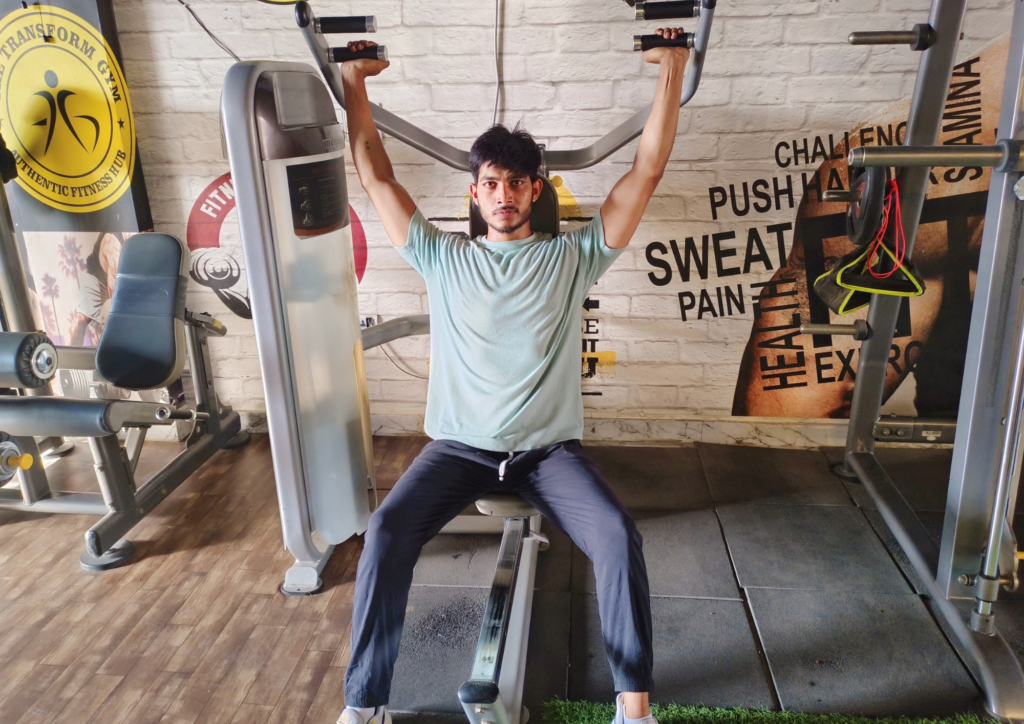
Shoulder Press Machine Variations and Progressions:
- Single-Arm Press: How to perform single-arm shoulder presses on the machine to address muscle imbalances and enhance unilateral strength.
- Neutral Grip Press: Exploring the benefits of using a neutral grip on the shoulder press machine and its impact on shoulder mechanics.
- Plate Loaded Machines: Discussing the advantages of plate loaded shoulder press machines and how they offer increased versatility and resistance options.
Shoulder Press Machine Safety Tips:
- Warm-Up: Begin your workout with a thorough warm-up routine that includes dynamic stretches and mobility exercises specifically targeting the shoulders, upper back, and arms. This prepares the muscles and joints for the demands of the shoulder press machine and reduces the risk of injury.
- Proper Setup: Before starting your shoulder press exercise, ensure that the machine is adjusted to your height and comfort level. The seat should be positioned so that your feet are flat on the floor, and the handles or grips should be within easy reach without straining your shoulders or arms.
- Start Light: When beginning a shoulder press workout or trying a new variation, start with a lighter weight than you think you can handle. This allows you to focus on proper form and technique without compromising safety. You can gradually increase the weight as you become more comfortable and confident.
- Maintain Control: Throughout the entire range of motion, focus on maintaining control over the weight. Avoid using momentum or jerky movements to lift the weight, as this increases the risk of strain or injury to the shoulders and surrounding muscles. Aim for smooth, controlled movements with a steady pace.
- Engage Your Core: Keep your core muscles engaged throughout the exercise to provide stability and support to your spine and lower back. This helps to maintain proper posture and alignment, reducing the risk of injury and maximizing the effectiveness of the shoulder press movement.
- Mindful Breathing: Pay attention to your breathing pattern during shoulder press exercises. Inhale deeply as you lower the weight towards your shoulders, and exhale forcefully as you press the weight overhead. This rhythmic breathing helps to stabilize your core and maintain proper intra-abdominal pressure.
- Avoid Overextension: At the top of the shoulder press movement, be mindful not to overextend your arms or lock out your elbows completely. This can place unnecessary strain on the shoulder joints and increase the risk of injury. Instead, stop just short of full extension and maintain a slight bend in your elbows.
- Listen to Your Body: Pay attention to any signs of discomfort or pain during shoulder press exercises. If you experience sharp pain, discomfort, or unusual sensations in your shoulders, neck, or back, stop the exercise immediately and seek guidance from a fitness professional or healthcare provider.
- Cool Down and Stretch: After completing your shoulder press workout, take time to cool down and stretch the muscles used during the exercise. Focus on stretches that target the shoulders, upper back, and arms to promote flexibility, reduce muscle tension, and aid in recovery.
- Consistency and Progression: Consistently incorporate shoulder press exercises into your fitness routine, gradually increasing the weight and intensity over time as your strength and proficiency improve. However, always prioritize safety and proper form to prevent overexertion and injury.
Conclusion:
The shoulder press machine is a valuable tool for building upper body strength, stability, and muscle endurance. By understanding its mechanics, mastering proper form, and incorporating variations into your workout routine, you can unlock its full potential and take your fitness journey to new heights. Remember to prioritize safety and listen to your body to achieve long-term success and injury-free progress.
